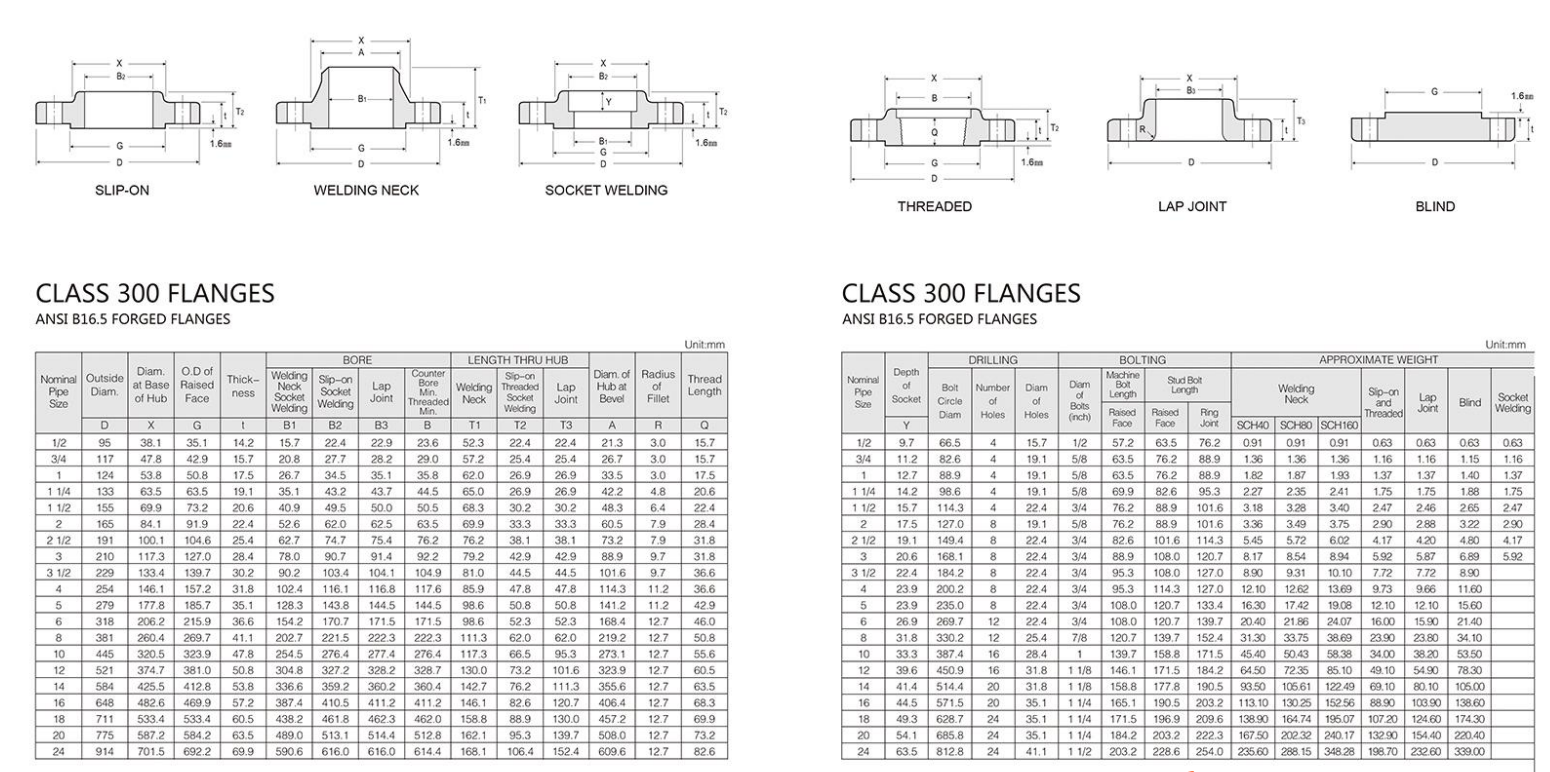-
Cangzhou Yulong Steel Co., Ltd.
-
Phone:
+86 13303177267 -
Email:
admin@ylsteelfittings.com
- English
- Arabic
- Italian
- Spanish
- Portuguese
- German
- kazakh
- Persian
- Greek
- French
- Russian
- Polish
- Thai
- Indonesian
- Vietnamese
- Zulu
- Korean
- Uzbek
- Hindi
- Serbian
- Malay
- Ukrainian
- Gujarati
- Haitian Creole
- hausa
- hawaiian
- Hebrew
- Miao
- Hungarian
- Icelandic
- igbo
- irish
- Japanese
- Javanese
- Kannada
- Khmer
- Rwandese
- Afrikaans
- Albanian
- Amharic
- Armenian
- Azerbaijani
- Basque
- Belarusian
- Bengali
- Bosnian
- Bulgarian
- Catalan
- Cebuano
- China
- China (Taiwan)
- Corsican
- Croatian
- Czech
- Danish
- Esperanto
- Estonian
- Finnish
- Frisian
- Galician
- Georgian
- Kurdish
- Kyrgyz
- Lao
- Latin
- Latvian
- Lithuanian
- Luxembourgish
- Macedonian
- Malgashi
- Malayalam
- Maltese
- Maori
- Marathi
- Mongolian
- Myanmar
- Nepali
- Norwegian
- Norwegian
- Occitan
- Pashto
- Dutch
- Punjabi
- Romanian
- Samoan
- Scottish Gaelic
- Sesotho
- Shona
- Sindhi
- Sinhala
- Slovak
- Slovenian
- Somali
- Sundanese
- Swahili
- Swedish
- Tagalog
- Tajik
- Tamil
- Tatar
- Telugu
- Turkish
- Turkmen
- Urdu
- Uighur
- Welsh
- Bantu
- Yiddish
- Yoruba

Dec . 22, 2024 15:26 Back to list
fixing galvanized pipe
Fixing Galvanized Pipe A Comprehensive Guide
Galvanized pipes, made from steel coated with a layer of zinc, were widely used in plumbing systems for their resistance to rust and corrosion. However, as they age, galvanized pipes can develop various issues, including leaks, clogs, and deterioration. If you're facing problems with your galvanized piping, this article will guide you through the process of fixing them effectively.
Identifying the Issues
Before you begin any repair work, it's essential to identify the specific issues with your galvanized pipes. Common problems include
1. Leaking Joints Over time, the joints of galvanized pipes can weaken, leading to leaks. This is often due to corrosion or improper installation. 2. Rust and Corrosion Although galvanized pipes are resistant to rust, the zinc coating can wear off, exposing the steel underneath to corrosion. This may lead to leaks or a decrease in water quality.
3. Clogs Mineral deposits can build up inside galvanized pipes, leading to reduced water flow and clogs. This is particularly common in areas with hard water.
4. Deformation Old pipes may become deformed due to pressure changes, leading to leaks or blockages.
Tools and Materials Needed
Before starting your repair, gather the necessary tools and materials, including
- Pipe wrenches - Pipe cutters - Replacement fittings (if needed) - Teflon tape - Epoxy putty for small leaks - A wire brush or pipe cleaning solution for rust removal - Safety goggles and gloves
Repairing Leaks and Joint Issues
For leaking joints or small cracks, you may use epoxy putty. Start by cleaning the area around the leak with a wire brush to remove any rust or debris. Once the surface is clean, mold the epoxy putty and apply it over the leak, ensuring a tight seal. Allow the putty to cure as per the manufacturer’s instructions.
fixing galvanized pipe

If the leaks persist or if the connection is severely damaged, you may need to replace the affected pipe section. Use a pipe cutter to remove the damaged section and replace it with a new galvanized fitting or pipe. Make sure to use Teflon tape on the threads of new fittings to ensure a watertight seal.
Addressing Clogs
To address clogs, you can start by cleaning the pipes. Use a plumbing snake or auger to dislodge any stubborn blockages. For minor clogs due to mineral buildup, you can use a vinegar and baking soda solution. Pour this mixture down the affected pipe, allow it to sit for a few hours, and then flush with hot water.
If the clog persists, you may need to consider using a professional-grade chemical cleaner, but exercise caution to avoid damaging the pipes or harming yourself.
Preventive Measures
To prevent future issues with your galvanized pipes, consider the following measures
1. Regular Inspections Frequently inspect your plumbing for signs of rust, leaks, or corrosion. Early detection can save you from more extensive repairs.
2. Water Softening If you live in an area with hard water, consider installing a water softener to help reduce mineral buildup in your pipes.
3. Replace Old Pipes If your galvanized pipes are significantly corroded, it may be worth investing in replacement with modern materials such as PVC or PEX, which are less prone to rust and deterioration.
Conclusion
Fixing galvanized pipes may seem daunting, but with the right tools and techniques, you can tackle common plumbing issues effectively. Always prioritize safety, and don’t hesitate to seek professional assistance when needed. By staying proactive with maintenance and repairs, you can extend the life of your plumbing system and ensure its optimal performance.
Latest news
-
ANSI 150P SS304 SO FLANGE
NewsFeb.14,2025
-
ASTM A333GR6 STEEL PIPE
NewsJan.20,2025
-
ANSI B16.5 WELDING NECK FLANGE
NewsJan.15,2026
-
ANSI B16.5 SLIP-ON FLANGE
NewsApr.19,2024
-
SABS 1123 FLANGE
NewsJan.15,2025
-
DIN86044 PLATE FLANGE
NewsApr.19,2024
-
DIN2527 BLIND FLANGE
NewsApr.12,2024
-
JIS B2311 Butt-Welding Fittings LR/SR 45°/90° /180°Seamless/Weld
NewsApr.23,2024











